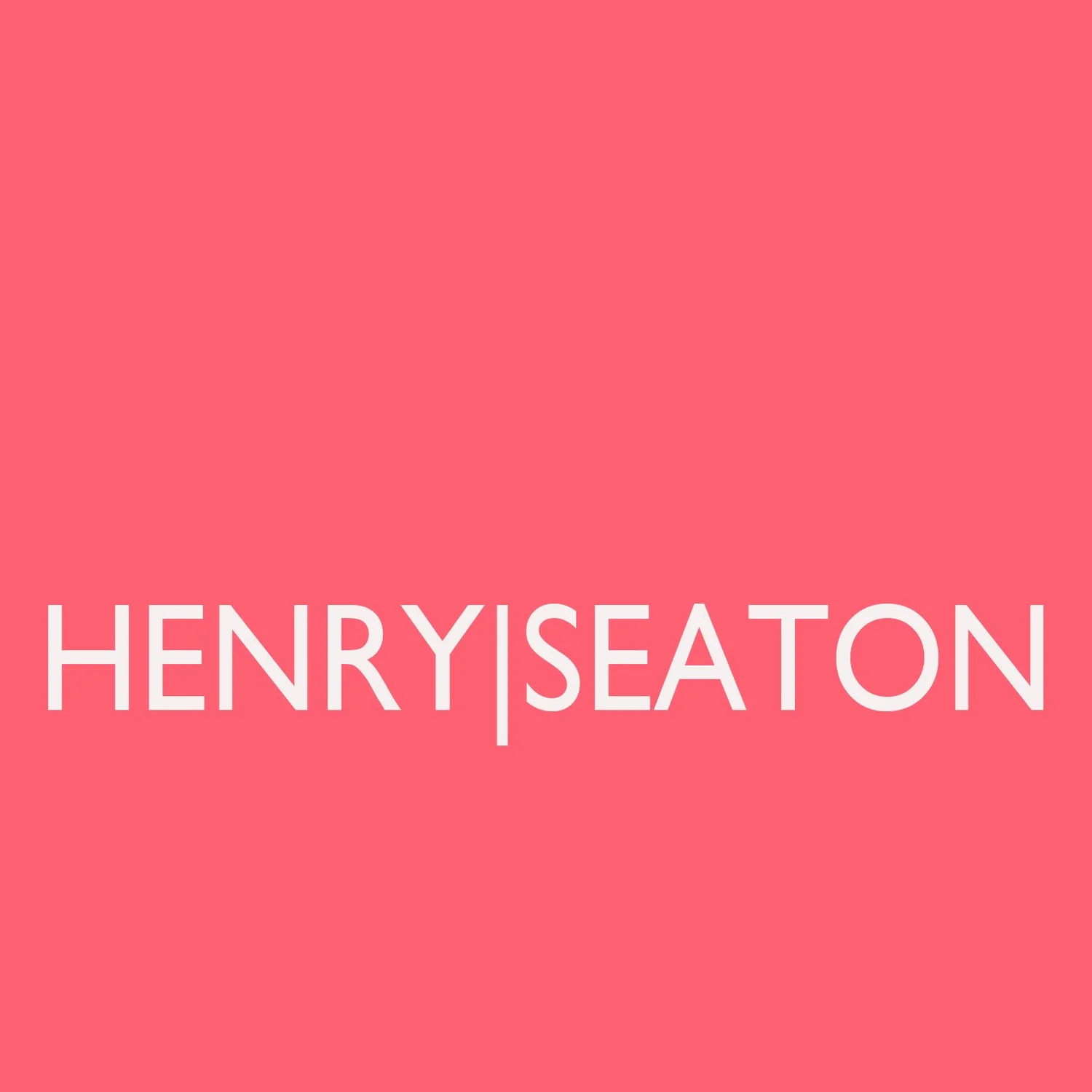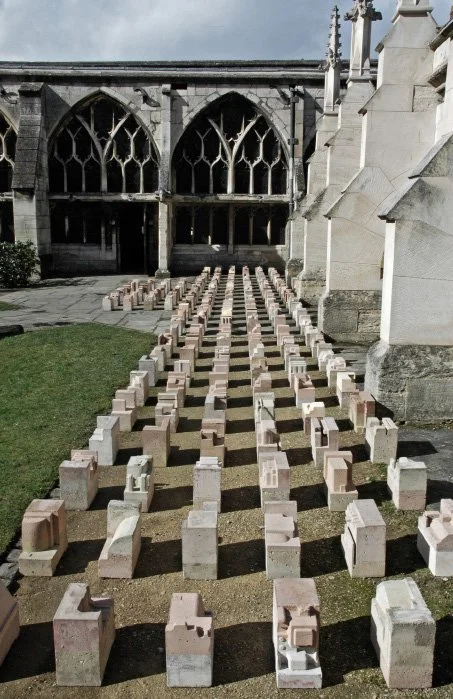henry|seaton
HENRY|SEATON is a ongoing collaboration between art and architecture practitioner rex henry and artist sculptor graham seaton which started in 2002. this website seeks to extend this collaborative approach by showing the work of individual artists, their work, and the work that develops from future collaborations, many artworks are available for sale.
the collaboration continued when graham joined the teaching staff of the spatial arts course at the london met. the course was formulated as part of an institutional collaboration started in 2001, between the byam shaw school of art (now amalgamated with central st. martins) and the london metropolitan university . the course was developed by rex henry and artist stephen carter and focused the interest we all had in the city, as the site for art based interventions.
ANTE-CHAMBER: 187 NEGATIVE OBJECTS:
concrete/plaster:150x275x250mm /15mx5mx250mm/ individual sculptures have been cast from edited fragments of found packaging, originally containing serially produced objects. these sections of packaging function as waste moulds for plaster and concrete sculptures/
a consumer driven capitalist society has an unquenchable appetite for new technology, new objects, and new products/ these abstracted sculptural pieces act as an archive/ as containers for the edited fragments that record the trace elements of a society of mass consumption/ in this sense, they contain the archaeological evidence of a global consumerist culture, frozen in a series of modern artefacts. they are the critical ante chambers containing material that appears both ancient and modern. placed in the
context of the garth at gloucester cathedral gives these meanings a further resonance. it takes the shape of a cruciform with its northern ‘transept’ truncated and set againt the ‘monks lavatory’ in the north walk cloisters. this emulates the layout of the cathedral proper with its unequal transepts, but with the direction of the ‘nave’ reflected east to west. the death of objects suggested in the construction of the work, their strange resemblance to sarcophagus makes their siting within the common ground of the cathedral and close to its once daily bodily functions emphasises the juxtapostion between the sacred and profane contained within the work.





















